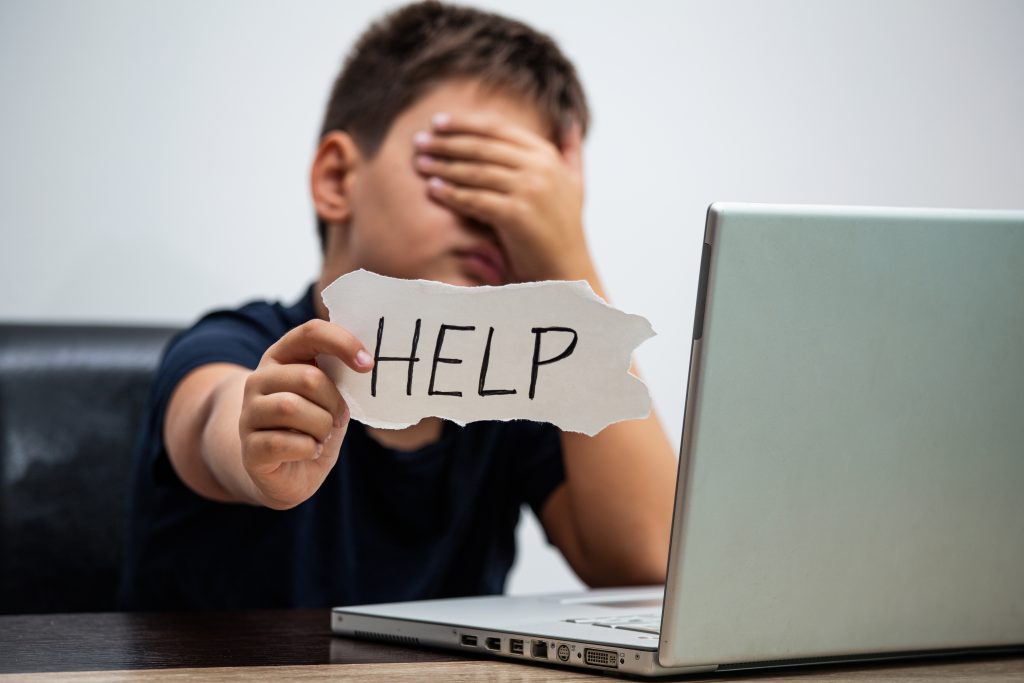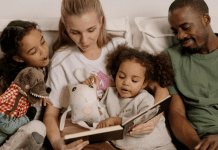Every parent has asked their pediatrician, “is it normal for my kid to [fill in the blank]?”
We want our children to grow up healthy, whole, and happy. For babies and young kids, we check off milestone charts and make sure they’re doing everything they’re “supposed” to at certain ages.
In my pediatric physical therapy practice, I am often asked what age kids should sit, crawl, walk, run, etc. There is certainly value in keeping track of developmental progress. I am a big advocate for parents understanding typical development. Developmental skills necessarily build on each other in an important, meaningful sequence. But in my many years of practice (and my experience as a mother), I have loosened the reigns when it comes to “normal.” So much that I no longer think it exists.

Not So Normal
Pop quiz: What is the normal color of a flower? What about the normal shape of a cloud? Those seem like silly questions if you really think about them. Certainly, some colors or shapes are more common than others. But isn’t variation in the natural world part of what makes it interesting and beautiful? We all have different hair colors, ethnicities, personalities, abilities, and preferences. Why should it be any different with neurology?
Neurodiversity is a term that describes the natural, beautiful variability in the way that our brains are wired. Think of how some computers run iOS while others run Windows. The most common, or neurotypical, “operating system” is what textbooks call “normal development.” The problem is that other operating systems don’t fit into that category, but are still capable of working just fine. Conditions like ADHD, autism, dyslexia, dyspraxia, cerebral palsy, and sensory processing differences all vary from what has historically been considered “normal.” They are neurodivergent, meaning they diverge from the neurotypical.

Software Issues
Let’s say you have to present a slideshow to a group of people. You create it using Google Slides on your ChromeBook, then continue working in PowerPoint at home on your MacBook. When it’s time to present, the computer operating the projector runs Windows. Unless you have all the right programs on each computer, and convert your file to a compatible file type, you won’t be able to open and present your slideshow. That’s kind of what it is like when we ask kids who are neurodivergent to act in a neurotypical way. Neurodivergent kids often have different sensory needs, learning styles, communication, attention, and developmental timelines than their neurotypical peers.
Things like sitting still, making eye contact, answering questions verbally, or getting to class on time might be nearly impossible for a neurodivergent child if they are not supported appropriately. However, when we change the tasks to meet their specific needs, they can thrive. Any expectations we place on children should always align with their unique strengths. Happy, listening, comfortable, learning, overwhelmed, stressed… these all look different on different kids.

Different and Thriving
Sometimes, differences are disabling. But that doesn’t make the difference itself bad. Disability occurs when a person’s environment is not suited to their abilities. If you are 5 feet tall, you won’t be able to reach a book on a 6-foot high shelf without an adaptation to your environment (perhaps a step stool). Disabled is not a bad word. It just indicates the need for more support.
What does this mean in my physical therapy practice? The role I see myself in has definitely changed since I was a new clinician. My goal is always to help kids become more in charge of their own bodies. Often, that looks like working on developmental milestones, but not for the sake of “checking them off.” When my clients are able to move their bodies to accomplish something meaningful and important to them, I’ve done my job. Sometimes the road to get there might look different than I expected in the beginning. Good therapy is like a car; it doesn’t do anything to change the person inside, it just lets them drive to the destination of their choice.

Like you and me, kids are happiest when they are allowed to just be themselves. So let’s learn their language. Let’s use software that is compatible with their programming, instead of trying to jam a floppy disk into an iPad.
















